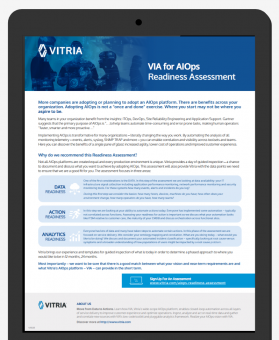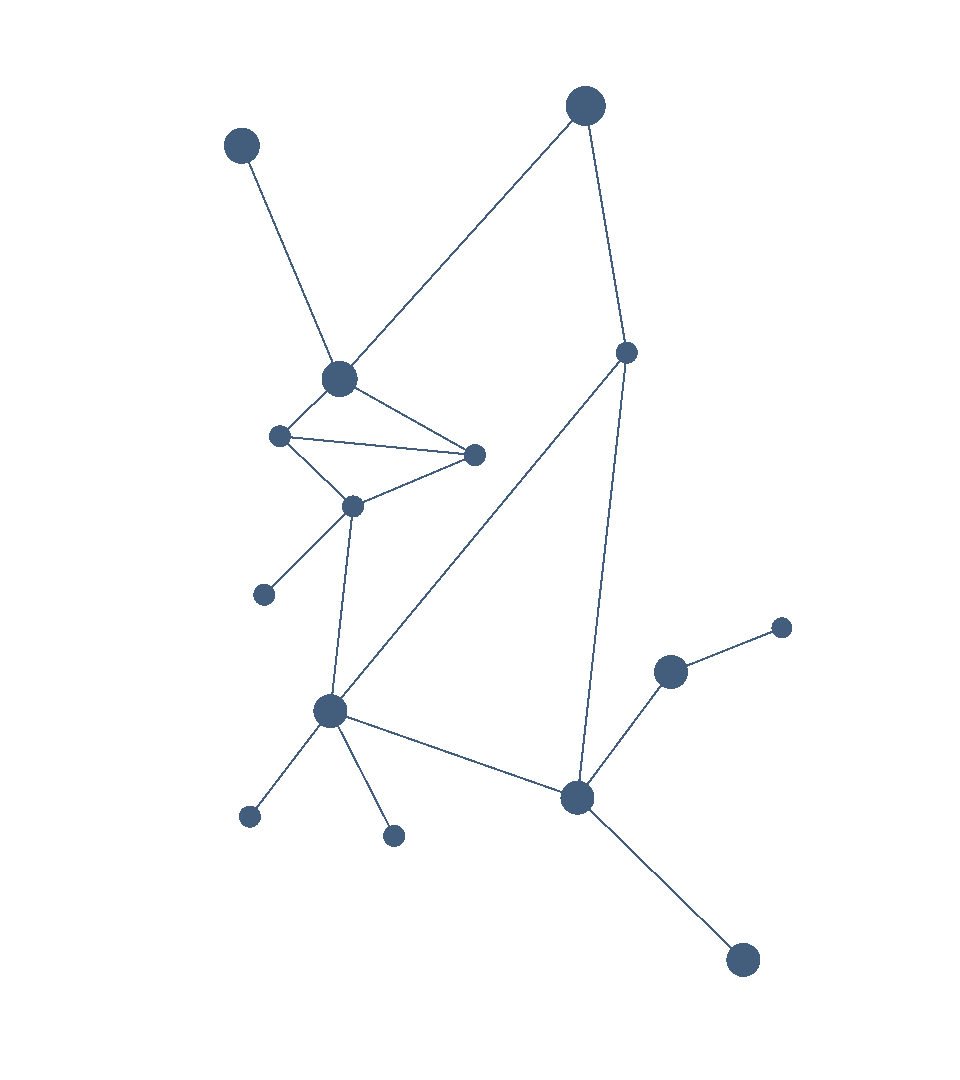World Class Network Assurance Strategies Emerge as Critical Success Factor in How the Cable and Telecom Sector Engages with Customers

Chris Menier, GM & Transformation Strategist, Vitria
Charlotte Patrick, Independent Analyst
Cable companies and telecommunications providers have for decades depended on developing and maintaining communications links with the consumers they serve. Today, however, things are different. The market has never been more competitive as sectors converge, new entrants introduce innovative business models for content, and service delivery and complexity of network infrastructure soar.
In this context, the concept of network assurance is evolving beyond a way to measure infrastructure performance; it is now a key factor in delivering a customer experience that captures and retains subscribers.
For about the past five or six years, the concept of network assurance has evolved to focus on customer experience rather than on the speeds and feeds of performance — monitoring which boxes on the network have red lights.
Forward-Looking Customer-Centric Analytics
Over the last year or so, this focus has intensified among network service providers (NSPs) who have understood the importance of examining what the customer is actually experiencing with their network, their services, devices, and apps.
As a result, we have seen a parallel shift in the way that NSPs analyze their operations. We have moved from a descriptive and diagnostic approach to analytics — in which NSPs seek to understand what the problem is and why it is occurring — toward more predictive and prescriptive capabilities.
The reason is simple. As consumers come to depend more on connected services, their tolerance for network interruptions goes down. The ability to anticipate issues that can come up in the future is an important first step in developing an automated process that fixes problems before they affect the customer experience. Given the high expectations of today’s consumer, this value proposition is as important to customer retention as it is to customer acquisition.
The arrival of innovative networking technologies — like 5G — will contribute further to this trend because they add to the variety of overlapping networks that need to be navigated and managed to deliver services to customers. It requires accurate correlation across all of the layers of service delivery to enable the kind of analytics that then drives the automation of a “self-healing network”.
This is much easier said than done, because as consumers demand more services across a more complicated infrastructure (at home, at work and on the go), in a completely integrated manner, there are a lot of moving parts that interact and affect each other.
Customer Experience Isn’t Everything…it is the Only Thing
NSPs have come to the realization that customer experience is the defining success factor. Because the network is the key to delivering value, we have to understand much more than the technical characteristics. We must also understand how the network makes people feel about the brand that is delivering a critical service to consumers — and businesses.
This raises important questions about what NSPs will have to do to deliver on this brand promise.
As the network becomes virtualized, it seems clear that leaders will have to double down on investments in DevOps and strategic Change Assurance.
This is crucial for enabling operators to roll out new products and services more quickly, which is great for consumers who always want more. It is how they will be able to flex their network dynamically in response to major shifts in the market — which now happen all the time in response to new disruptive competitors and changing user behaviors.
Tracking and Enabling Change While Noting Potential Dependencies
That said, it is important to keep in mind that constant adjustments to the network can introduce issues that impact the customer experience. That is why it is critical for operators to have the people, processes, and technologies in place to dynamically detect these constant changes and monitor the implications — in real-time — to determine how it is affecting the customer experience.
This process of dynamic monitoring and automated response must work directly from Kubernetes deployments at the infrastructure layer, through virtual interface changes on network elements, to DevOps changes to the traversing applications. It is the only way for NSPs to get a complete and accurate picture of what is going on in the network — from a customer experience perspective — so that operators can start to implement autonomous operations and orchestration strategies.
This is a capability that is beginning to mature quickly. It will likely be the source of competitive differentiation over the next three years or so before it settles into becoming a competitive requirement by the mid-2020s.
Are You Ready?
While many executives in the NSP community are very aware of the imperatives associated with having effective network performance management capabilities, others are not. A false sense of security is still pervasive among many operators because they are convinced that great tools are already in place throughout their operations for network performance, IT infrastructure and application performance monitoring.
What is lacking is real visibility across all layers of the service delivery stack into how network, IT infrastructure and application behavior affect the customer experience.
Without an ability to comprehensively correlate signals and consequences from across the service delivery stack, automation initiatives can have unknown — or unintended — consequences. The wide-scope AIOps platform from Vitria offers a view of signals coming from across these layers, and then uses AI and ML to correlate information so that actions can be automated or prescribed.
The good news is that effective, customer-centric network performance issues are very solvable. The organizational change issues can be addressed. The technology is available. The data is everywhere. The elements are available for NSPs to align network performance management functions with customer experience to achieve competitive differentiation.
###
Charlotte Patrick is an independent analyst who has launched her own practice after spending 13 years at Gartner covering the analytics, artificial intelligence, and automation space.
Chris Menier is a general manager and transformation strategist at Vitria, a provider of a wide-scope AIOps platform that unifies real-time streaming analytics, historical analytics, predictive analytics, prescriptive analytics, and intelligent actions.




0 Comments